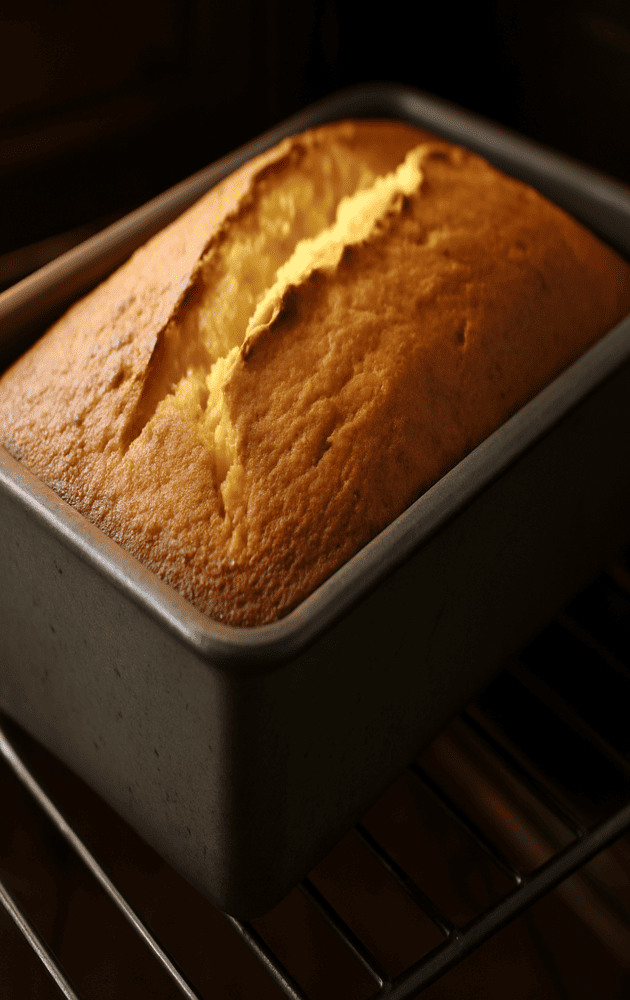You carefully prepare your cake batter, follow the recipe exactly, place it in the oven, and… as it begins to rise, a crack splits the top right down the middle. It’s frustrating — especially if you were planning to frost it with a smooth layer of icing or cover it with fondant. But before you assume something went wrong with the recipe, know this: cracked cake tops are more common than you think. And the good news? There are clear reasons — and simple solutions.
In this article, you’ll learn why cakes crack on top, what this reveals about your process, and how to adjust your technique to achieve a smooth, even, and professional result. If you’ve read our previous articles on leavening agents (article #12), oven temperature (article #10), and mixing the batter (article #11), you’ll notice how everything connects here.
What Causes a Cake to Crack on Top?
Cracks occur when the outer layer of the cake bakes and hardens too quickly, while the center is still raw and continues to rise. This creates internal pressure that forces the batter upward, breaking through the firm crust that has already formed.
This issue is primarily linked to three key factors:
- Oven temperature too high
- Too much leavening
- Incorrect mixing (especially overmixing)
Let’s break each one down.
1. Oven Temperature Too High
This is by far the most common cause. When the oven is hotter than necessary, the outside of the cake cooks and sets quickly. But the center is still liquid and needs more time. Trapped beneath the hardened crust, it pushes upward with force — and the top splits open.
To prevent this:
- Preheat your oven properly and use an oven thermometer to confirm the actual temperature (many ovens are inaccurate).
- For delicate cakes, stick to temperatures around 160°C to 180°C (320°F to 356°F).
- If your oven runs hot, try baking at a lower temperature for a longer time, allowing the cake to rise gradually and evenly.
This is closely related to what we covered in “Mastering Oven Temperature” (article #10).
2. Too Much Leavening
When there’s too much baking powder or baking soda, the batter rises too quickly — faster than the cake’s structure can support. That sudden lift creates instability, leading to a cracked surface.
The right amount of leavening depends on the recipe, but as a general rule:
- Use about 1 teaspoon of baking powder per 250 g (2 cups) of flour.
- Follow the recipe’s measurements precisely. More leavening does not mean a taller cake — it means a more fragile one.
If you haven’t read it yet, our article “Baking Soda vs. Baking Powder” (article #12) explains how each works and when to use them.
3. Overmixing the Batter
Overmixing can overdevelop the gluten in the flour — especially if you’re using all-purpose flour. This results in a dense, elastic structure that resists lateral expansion. So instead of spreading outward, the batter pushes up — and cracks.
To avoid this:
- Mix dry ingredients just until incorporated.
- Reduce mixer speed when adding flour.
- Never beat the batter for too long after adding the dry ingredients — this is one of the leading causes of cracking and poor texture.
For more, see “Mixing Matters: How to Beat Your Batter for the Best Texture” (article #11).
Other Possible Causes
Beyond the main factors, several other elements may contribute:
- Cake pan too small for the batter: If the batter has no room to expand outward, it will rise too high and crack.
- Opening the oven door too soon: Sudden cold air can disrupt the rise and cause surface tension.
- Incorrect oven placement: Cakes should be baked in the center of the oven, ensuring even heat from top and bottom.
- Dense batter types: Richer batters (e.g., pound cakes or fruit cakes) are more prone to cracking than light, airy batters.
What to Do If Your Cake Cracks
If your cake is already cracked, don’t worry — all is not lost. A cracked top rarely affects the flavor or inner texture. Here’s how to rescue it:
- Trim the cracked top with a serrated knife to level the surface before frosting.
- Add extra icing or filling to disguise imperfections.
- Turn it into a layered cake: flip the cake upside down, use the flat bottom as the new top, and fill between layers.
- For simple cakes, just dust with powdered sugar — rustic charm can be delicious too.
Final Thoughts
A cracked cake top might look like a cosmetic flaw, but it’s actually an important indicator that something in your method can be fine-tuned. Adjusting your oven temperature, balancing leavening agents, and mixing with care are all simple tweaks that make a big difference.
In baking, small details lead to big results. Understanding why your cake cracks is the first step toward achieving perfect texture, clean presentation, and the confidence that comes with mastering your craft.
In our next article, we’ll dive into a topic that delights every palate: “How to Make a Chocolate Cake That Melts in Your Mouth.” Ideal for anyone who wants rich flavor and irresistible softness.
